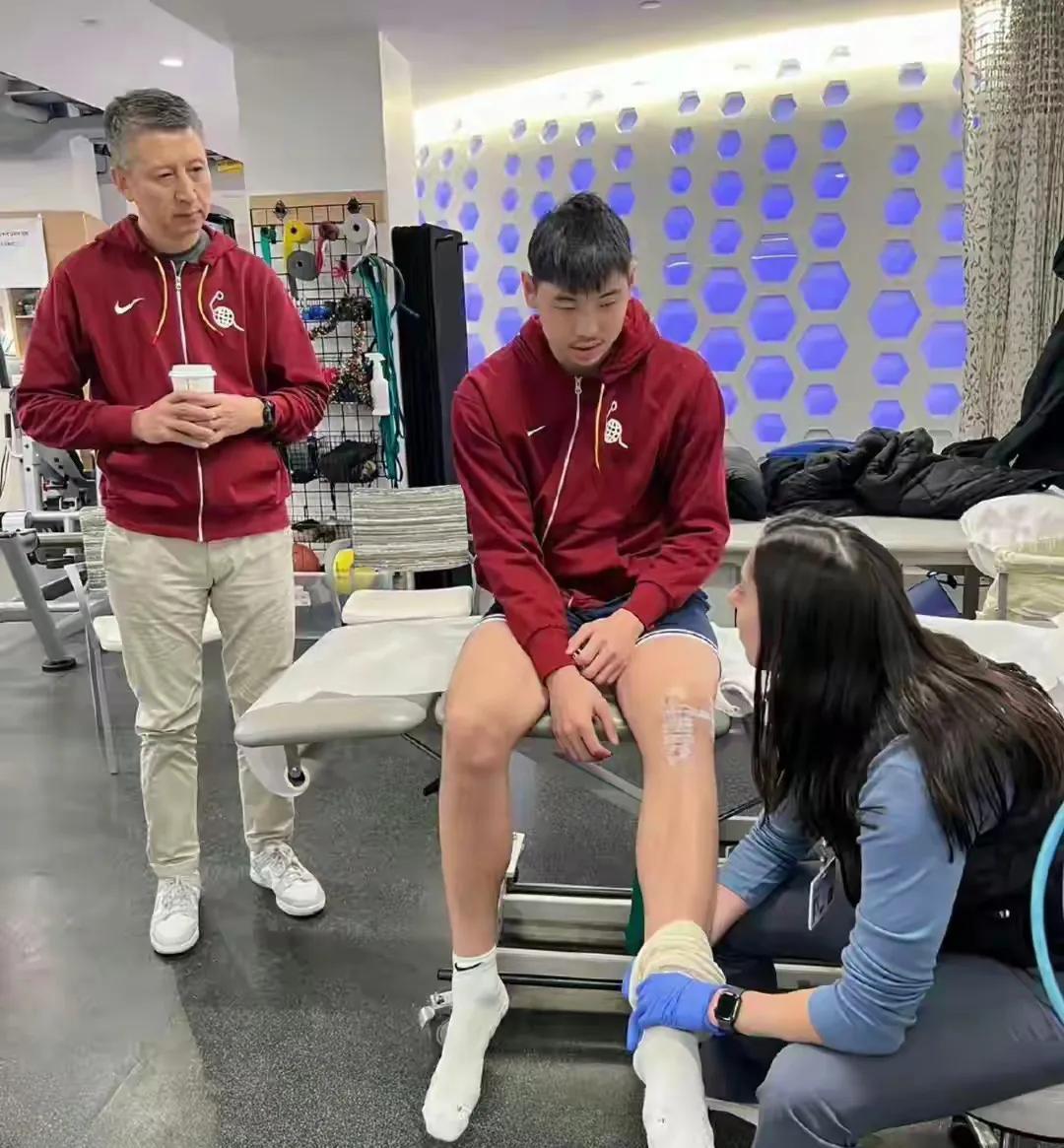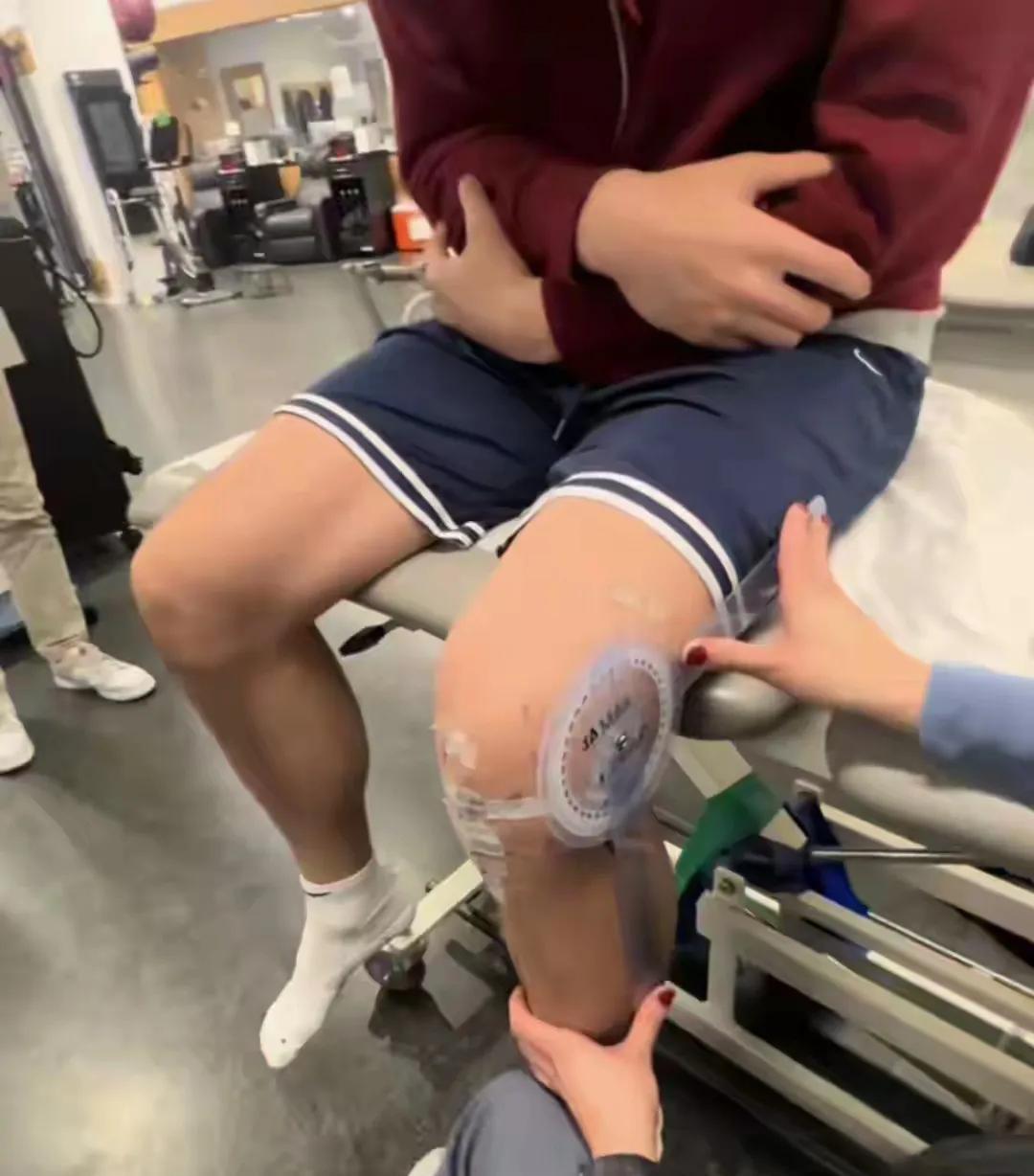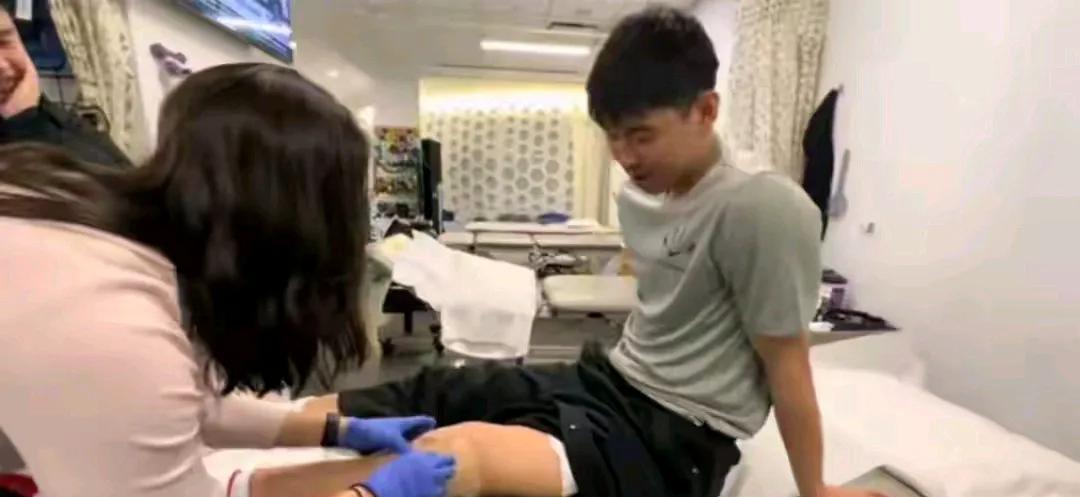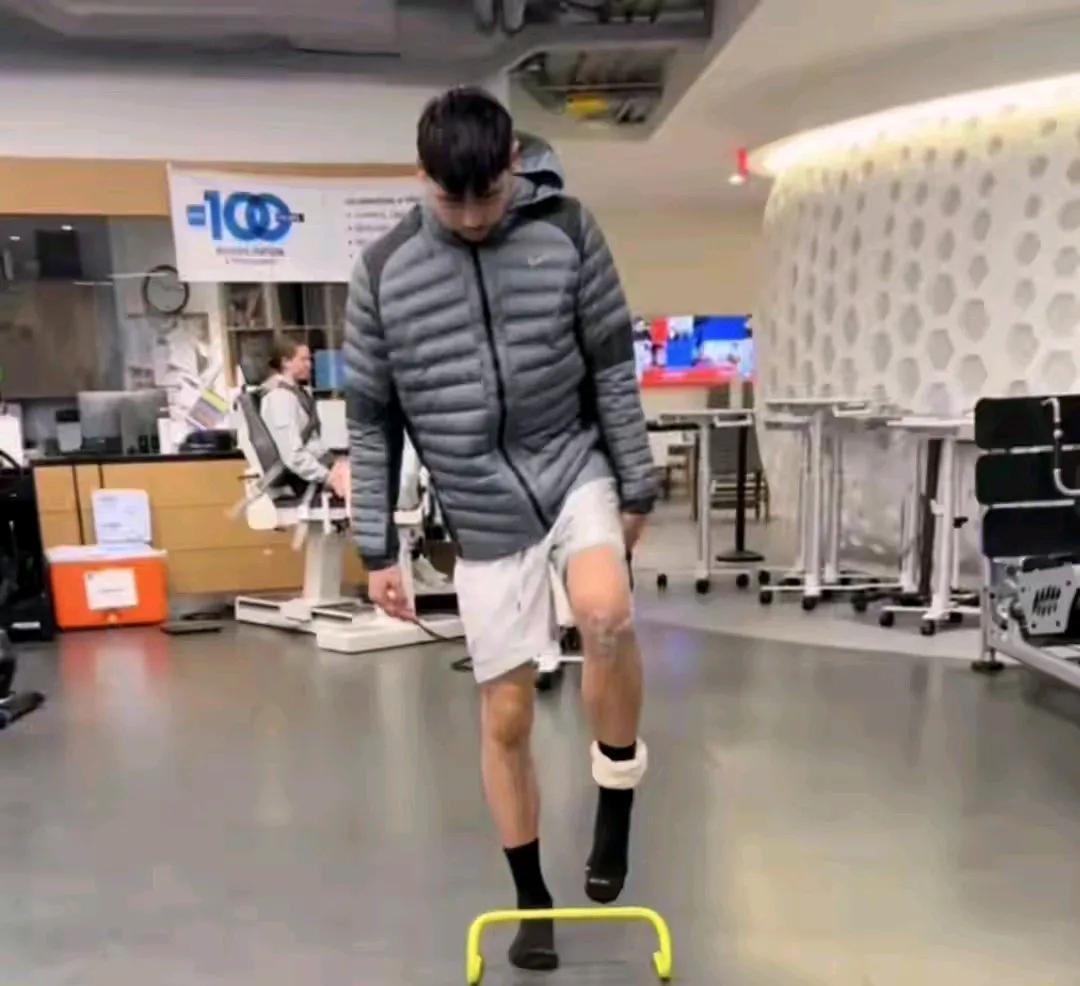"Coach, I can still play, give me a chance!" In the early hours of the morning at the Los Angeles gymnasium, Cui Yongxi's eyes were filled with tears as he confided his NBA dreams to Guo Shiqiang. This scene marked the beginning of a new chapter for the Chinese men's basketball team.

On his chilly trip to the United States, Guo Shiqiang carried a heavy list in his heart. As the newly appointed head coach of the Chinese men's basketball team, he was well aware of the weight of his responsibilities. On the courts of the NBA Development League, young Chinese players were chasing their own basketball dreams. Cui Yongxi experienced the ups and downs of the Nets' development league, Zhao Weilun fought hard in the G League, and the young Chinese-American guard Zhu Zheng displayed his astonishing talent. Behind each story, there was a tale of sweat and perseverance.

The gymnasium was quiet under the night sky, with only the sound of basketballs hitting the floor echoing through the silence. Guo Shiqiang stood on the sidelines, watching intently as Cui Yongxi trained alone on the court. This former head coach who had once made waves in the CBA was now planning a new blueprint for the future of Chinese men's basketball.

During his time in the United States, Guo Shiqiang visited multiple cities and met with several overseas players, including Cui Yongxi and Zhao Weilun. Each conversation and observation gave him a clearer understanding of the future of Chinese basketball. Especially the young Zhu Zheng, this Chinese-American guard who stood out in the NCAA Division I league, impressed Guo Shiqiang with his performance.

Looking deeper, the significance of Guo Shiqiang's trip to the United States goes beyond just scouting for talent. As an experienced head coach, he is well-versed in the trends of modern basketball. The training systems, competitive concepts, and player development models of the NBA are all worth learning from by Chinese basketball. Through field visits and in-depth exchanges, Guo Shiqiang is not only looking for talent for the national team but also thinking about how to localize advanced basketball concepts.

From a technical perspective, Cui Yongxi's potential during his time in the Nets' development league cannot be overlooked. Although he encountered setbacks due to injuries, his vision on the court, passing skills, and ability to control the pace of the game reached a very high level. Statistics show that in healthy games, he could contribute an average of 15 points and 6 assists, with a shooting percentage close to 45%. Such performances are considered top-level in the development league.

Zhao Weilun showed different characteristics. His defensive awareness and physical confrontation abilities have significantly improved in the G League. According to professional statistical agencies, his defensive efficiency ranks in the top 30% among players in the same position, proving that he has gradually adapted to the intensity and rhythm of American basketball.

Special attention should be paid to Zhu Zheng's growth trajectory. As a Chinese-American player raised in the United States, he has mastered the essence of American basketball while maintaining the delicate characteristics of Eastern players. The competition in the NCAA Division I league is extremely fierce, and being able to stand out on this stage itself demonstrates his strength. Multiple NCAA veteran coaches have evaluated Zhu Zheng's court IQ and game reading abilities as excellent, which are qualities highly valued in modern basketball.

Looking back at history, Chinese basketball has experienced multiple attempts at overseas talent cultivation. Yao Ming's successful path in the NBA set a precedent, followed by Yi Jianlian, Sun Yue, and others who also left their marks on North American courts. These experiences provide us with valuable references. Taking Yao Ming as an example, his growth process with the Houston Rockets demonstrated how to integrate the characteristics of Eastern players with the competitive environment of the NBA. Yi Jianlian's experience with the New Jersey Nets provided us with a profound lesson on adaptability.

Compared to historical cases, the current batch of young players faces different opportunities and challenges. First, the global basketball competitive environment has undergone significant changes. The advent of the three-point era requires players to have more comprehensive technical reserves. Second, the NBA's perception and evaluation system for Asian players has become more mature. Third, technological advancements have provided more possibilities for player training and recovery.
The far-reaching significance of Guo Shiqiang's trip to the United States also lies in his attempt to establish a sustainable talent cultivation mechanism. By maintaining close contact with overseas players and promptly understanding their status and needs, he is preparing fresh blood for the national team. At the same time, this proactive approach sends a positive signal to young players: as long as they have the ability, they will have the opportunity to serve their country.
Looking to the future, the road to development for the Chinese men's basketball team is still full of challenges. How can we maintain our own characteristics while connecting with international basketball? How can we establish a scientific talent cultivation system? How can we find China's place in global competition? These questions require deep thought. Perhaps Guo Shiqiang's trip to the United States has already provided some answers to these questions.
As the lights on the basketball court gradually dim, the pursuit of dreams never ceases. Just like the teardrop in Cui Yongxi's eyes on that late night, it shines with love and persistence for basketball. This persistence will ultimately illuminate the future journey of Chinese basketball.